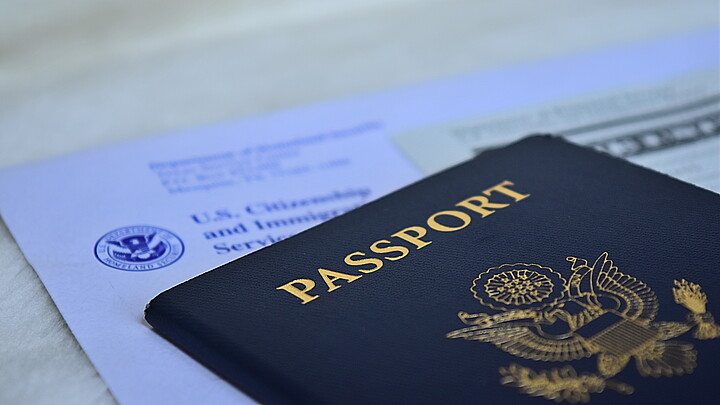Culture
Furry Folklore: The story of the beloved Easter Bunny
The German Lutheran legend of the Easter Bunny, and background on the tradition of colorizing and decorating eggs
April 17, 2022 10:07am
Updated: April 17, 2022 2:24pm
Everyone loves the Easter Bunny. After all, he’s fun, furry and cute. Most importantly, he comes with colored eggs and chocolates, treats that everyone loves. But where did this adorable little bunny come from?
The folklore of the Easter Bunny originates from 1682 when German Lutherans began telling stories to their children about a mythical rabbit that, much like Santa Claus’s “naughty or nice” list, would come bearing gifts if they had behaved. As the legend goes, the bunny would come with a basket full of colored eggs and toys to the homes of little ones the night before Easter Sunday.
German Lutherans chose the bunny because the rabbit was a popular animal used in medieval church artwork.
This is because the hare was believed to be a hermaphrodite that could reproduce without losing its virginity—an association with the Virgin Mary, and the reason why there are many stories and paintings in Europe depicting bunnies with the Virgin Mary and Christ Child.
Rabbits have also been associated with the Holy Trinity as the “three hares” motif.
Some people may keenly be a bit confused since bunnies don’t lay eggs. This is of course, a fact. So why does the Easter Bunny come bearing gifts such as colored eggs?
Just as the hare is a symbol of purity, eggs have been used as fertility symbols since ancient history about the time of the first century after Christ’s crucifixion. In fact, eggs were hailed as so important, it was originally taboo to eat them during the fast of Lent.
Eventually, it became popular for children to go from house to house asking for eggs on the Saturday before Lent began. People would give children eggs as a treat for children to enjoy before they fasted. Hence, the tradition eventually developed into what we now celebrate as an Easter egg hunt.
However, when the tradition started, German Protestants colorized and decorated their eggs as part of the custom.
Many Christians in the Eastern Orthodox Church dye their Easter eggs red to symbolize the blood of Christ while some others use the color green to celebrate the blossoming of beautiful plants and flowers during springtime.
During this Easter, as the world prays for Ukraine we would be remiss not to mention that there is also a Ukrainian art for decorating eggs, known as pysanky. Pysanky is an ancient Christian tradition to decorate eggs with beautiful, traditional folk patterns with a beeswax based wax dye.
Often times, Ukrainians use several colors to decorate their eggs with a variety of steps that include dyeing and drying and the creation of a stencil.
In recent days, Ukraine has focused on two methods: Rizblenky, which means “to cut, to carve” in which they drill the surface of an egg to create cutout areas, and Linyvky, which means “lazy” a fun term used just to describe eggs that are decorated from shrink-wrap sleeves or stickers.
Other central European nations also decorate eggs using the same wax-resist method including the Belarusians, Bulgarians, Croatians, Czechs, Hungarians, Lithuanians, Lusatians, Romanians, Serbs, Slovaks and Slovenes.
Eventually, the custom of giving eggs emigrated to the United States in the 1700’s. Protestant Germans who emigrated and became known as the Pennsylvania Dutch eventually explained the custom by telling their children about the “Osterhase,” which is German for Easter Hare.
As part of the Northwest European folklore, the hare became the legend of the “Easter Bunny” who would leave colored eggs in “nests” they made in their bonnets (for girls) and hats (for boys) the night before Easter.
So remember: the next time you see a bunny with their cute little bushy little tail and long, furry ears, be kind. He or she could be coming to visit you with tasty gifts at your home next Easter!









